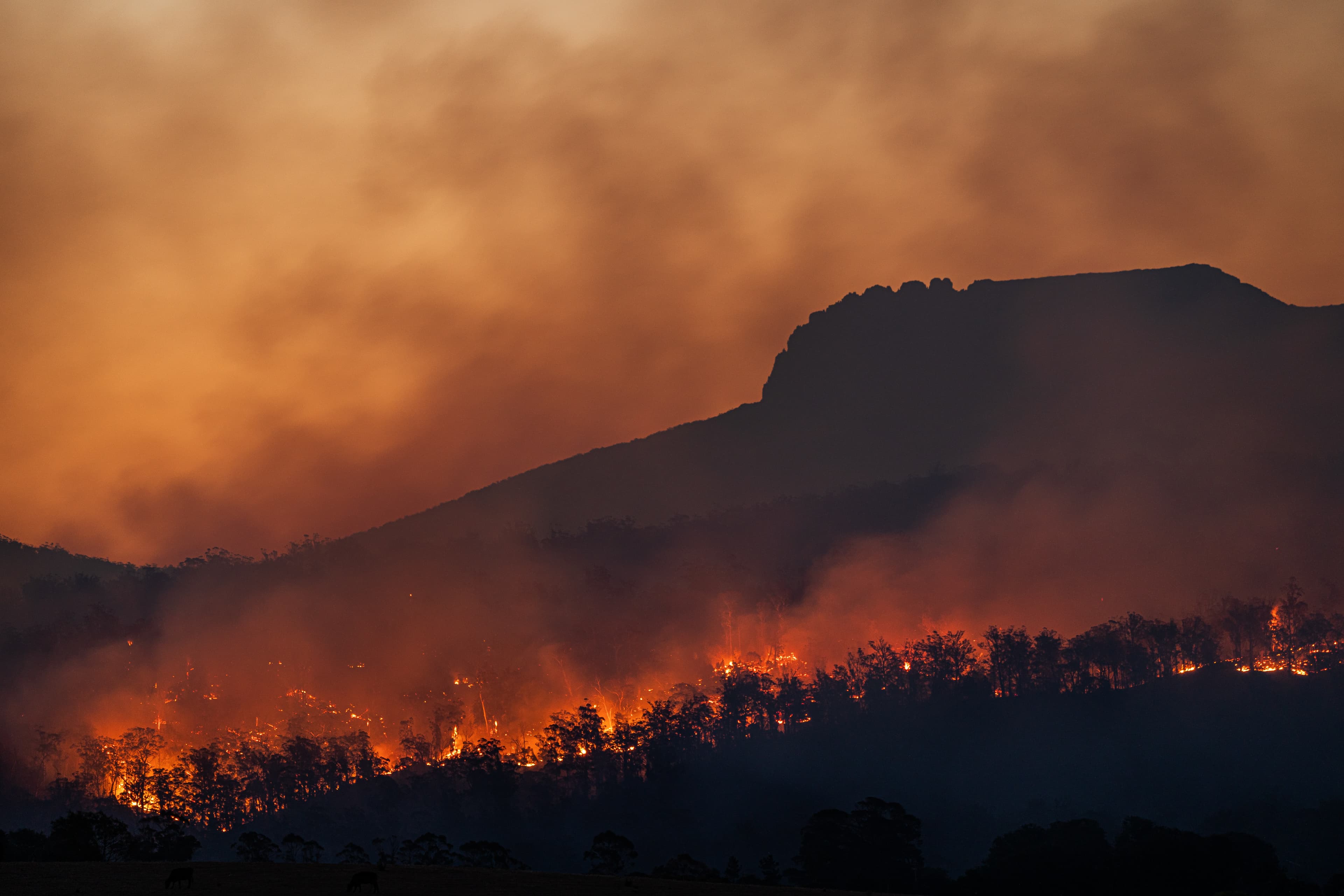
Recovering from the Eaton Fire: Essential Resources and Tips for Affected Residents
Published on January 15, 2025
The recent Eaton Fire, which ignited on January 7, 2025, in Eaton Canyon, Los Angeles County, has left devastating impacts on local communities. The wildfire consumed over 14,000 acres, resulted in 17 fatalities, and destroyed more than 9,000 structures, making it one of the most destructive wildfires in California’s history.
For residents affected by this tragedy, the path to recovery can feel overwhelming. This guide provides essential steps, resources, and practical tips to help individuals and families rebuild after the disaster.
Immediate Safety and Well-being
1. Return Home with Caution
Only re-enter your home if authorities have deemed it safe.
Be vigilant for hidden hazards such as unstable structures, lingering embers, downed power lines, or gas leaks.
Check for structural damage before turning on utilities like electricity and gas.
2. Wear Protective Gear
Use a mask (N95 recommended) to avoid inhaling ash and smoke particles.
Wear thick gloves, long sleeves, and sturdy boots to protect against debris and sharp objects.
Documenting Damage for Insurance and Assistance
1. Take Photos and Videos
Capture clear, high-quality images of damaged property, personal belongings, and structural losses.
If safe, take before-and-after comparisons if you have older photos of your home.
2. Create a Detailed Inventory
List damaged or lost items, including purchase dates, values, and descriptions.
Save receipts for repairs, temporary housing, or replacement items—these may be reimbursable by insurance or disaster aid programs.
Navigating Insurance Claims
1. Contact Your Insurance Provider Immediately
Report the damage as soon as possible to start the claims process.
Request a copy of your policy to understand what is covered.
2. Keep a Record of All Communications
Maintain a written log of conversations with your insurance adjuster, including dates and details.
Keep copies of emails, letters, and claim-related documents.
Accessing Disaster Assistance
1. Local and Federal Disaster Relief
FEMA Assistance: The Federal Emergency Management Agency provides aid for housing, medical needs, and lost belongings. Apply at FEMA.gov or call 1-800-621-3362
Disaster Resource Centers: The Eaton Fire Disaster Resource Center is open daily from 9:00 AM to 8:00 PM to assist residents with applications for aid.
2. Non-Profit and Community Support
Many non-profits offer free assistance for temporary housing, food, and rebuilding efforts.
Health and Environmental Precautions
1. Air Quality and Smoke Hazards
Stay indoors if air quality is poor. Use air purifiers and keep windows closed.
Check real-time air conditions at AirNow.gov
2. Water Safety
Avoid drinking tap water until local authorities confirm it is safe.
Use bottled or boiled water for drinking and cooking.
Emotional and Mental Health Support
1. Seek Emotional Support
Experiencing a wildfire disaster can lead to stress, anxiety, and PTSD.
Contact mental health professionals or support groups to help process trauma.
2. Free Counseling Services
California HOPE Crisis Counseling: Call 1-800-985-5990 for free emotional support.
Local Support Groups: Many community centers offer grief and trauma counseling for affected families.
Preparing for Future Wildfires
1. Fire-Resistant Rebuilding
Consider fire-resistant building materials such as stucco, metal roofing, and tempered glass windows.
Create defensible space around your home by clearing flammable vegetation.
2. Stay Informed and Have an Emergency Plan
Sign up for emergency alerts at CalAlerts.org
Have an evacuation plan with essential supplies, medications, and important documents ready.
Final Thoughts
Recovering from the Eaton Fire will take time, but with the right resources, community support, and preparation, residents can rebuild and strengthen their resilience against future wildfires. If you or someone you know needs housing assistance, visit our Resources and Information page for additional support.
